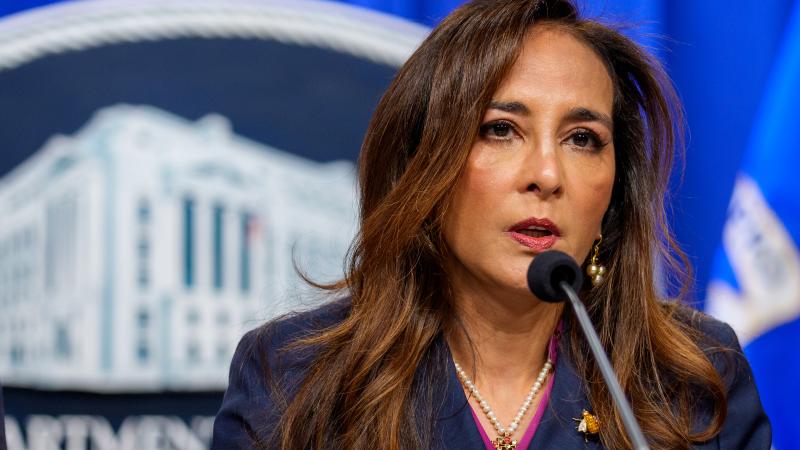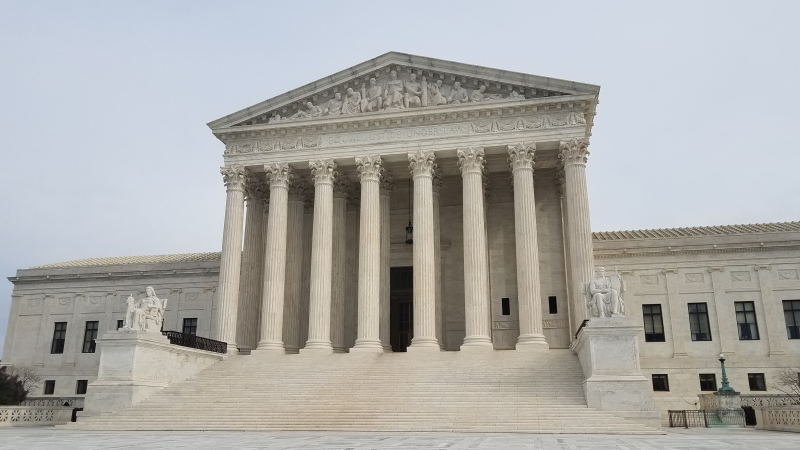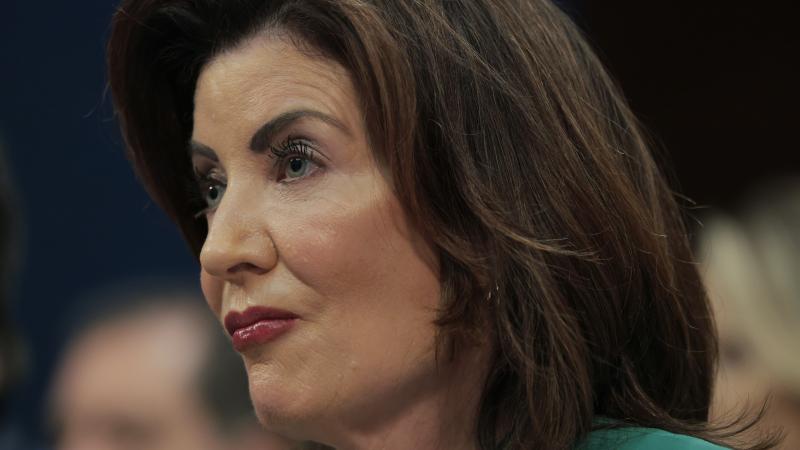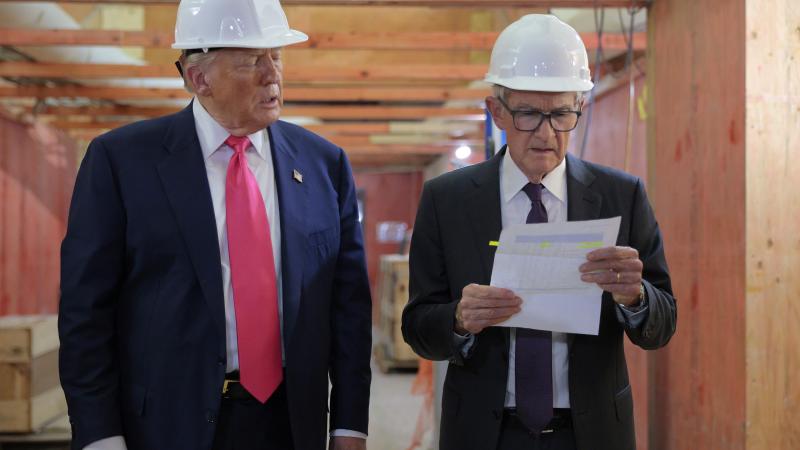Peek behind curtain of democracy rivets public, House members warm to expanded C-SPAN floor access
During suspense-filled speaker election serial, public affairs network's cameras had more freedom.
C-SPAN saw a sharp spike in viewer numbers the night of the 15th vote for Speaker of the House, resulting in calls for its cameras to be granted more freedom in what they record.
During the cable-satellite public affairs network's coverage of the latter stages of the suspense-filled voting marathon, YouTube views peaked at over 1 million.
The success of C-SPAN's coverage of the vote, usually little more than a formality, resulted in the network sending a request to House leadership for permission to expand video access to floor proceedings on behalf of the network, as well as congressionally-accredited news organizations.
"We do not propose replacing the existing House Recording System or its output," the letter reads. "Instead, we request to install a few additional cameras in the House chamber. When mixed with the existing House production, shots from our cameras would allow us to create a second, journalistic product, just as we did last week. Audio would continue to be provided by the House Recording Studio."
Current House rules restrict what can and cannot be filmed during floor proceedings. The cameras are usually restricted to the person speaking. During the speaker vote, the C-SPAN cameras enjoyed wider latitude.
Rep. Kevin McCarthy was elected Speaker of the House after 15 rounds of voting. C-SPAN covered the drama with such high-resolution immediacy that viewers were able to witness members (including the strangest of bedfellows) huddled in conversation, animated facial expressions and telling body language — even an almost physical altercation between Florida Rep. Matt Gaetz and Alabama Rep. Mike Rogers.
"Because we have cameras in the chamber, we're able to tell the story of what's happening on the House floor," C-SPAN Director of Editorial Operations Ben O'Connell said in an interview with Motherboard.
"You're able to see the migrating scrums of Congressmen on the House floor as they negotiate with each other," he continued. "You're able to see extraordinary conversations such as the one between [Reps. Alexandria] Ocasio-Cortez and [Paul] Gosar. And you’re able to see conversations that sometimes look somewhat contentious among some members. You'd never be able to see that with the standard House feed."
Texas GOP Rep. Chip Roy said Sunday on CNN's "State of the Union" that he was very receptive to allowing the network more flexibility in how it operates its cameras during hearings and votes.
"Let me go look into the ins and outs of all of that," Roy told host Jake Tapper. "But I think it is — what the American people were able to see unfold on the floor was a good thing for our democracy and our republic, right? It was a good thing for people to be able to see the inner workings."
Florida GOP Rep. Matt Gaetz announced Tuesday that he would introduce a bill to allow C-SPAN to bring more cameras to the House floor.
"Last week, America watched in real time how our government is functioning," Gaetz tweeted. "I'm introducing an amendment to allow @CSPAN cameras on the House floor at all times. Broader transparency in Congress is a net positive, and we need more of it."
Former Illinois Rep. Adam Kinzinger disagreed with his former colleague, saying that this would lead to accusations of bias during sessions.
"I don't think this is a good idea," Kinzinger wrote on Twitter. "There will be accusations of partisanship for showing certain members vs. others, and honestly Congress is already too much of a performance."
Some Democrats, such as Florida Rep. Maxwell Frost, agreed with Roy, arguing that this would allow democracy to be more accessible.
"I think C-SPAN should keep control of the cameras on the house floor," Rep. Maxwell Frost tweeted. "It makes our democracy more accessible, understandable, and exciting. Let the people see Democracy in action. #FreeCSPAN"
















